My hidden gems.
I must begin this post by clarifying that this time it is not about the photographs, or what I can talk about in words or anything like that, it is about the specimens that I am about to show because you probably have not seen their flowers before today, I hope that is not the case and you can recognize each cactus in this post, also the photographs are unedited simply with minor cuts to avoid interfering with its beauty, neither for good nor for bad, let's start.
I have already mentioned that I am passionate about the native cacti of my country, I know that many prefer exotic cacti and succulents that when out of their natural habitat become problems because they are better adapted to other climates around the world, however I love my national cacti, no matter how difficult it may seem to grow them, so today we will look at the Obregonia Denegrii cactus.
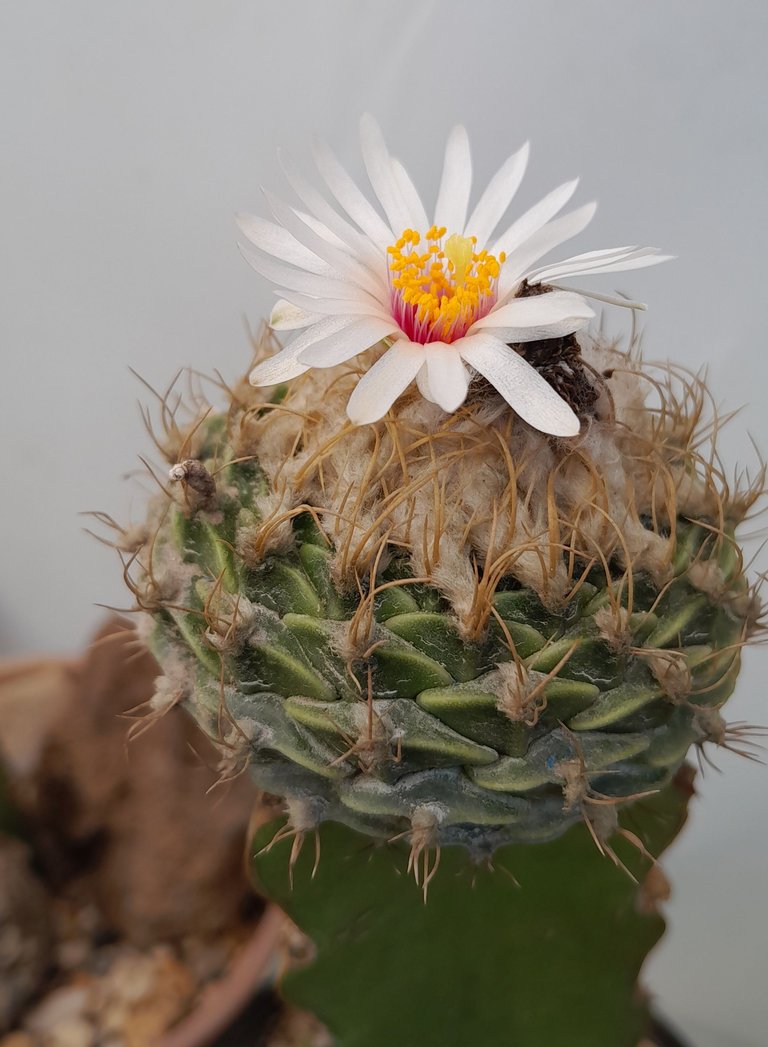
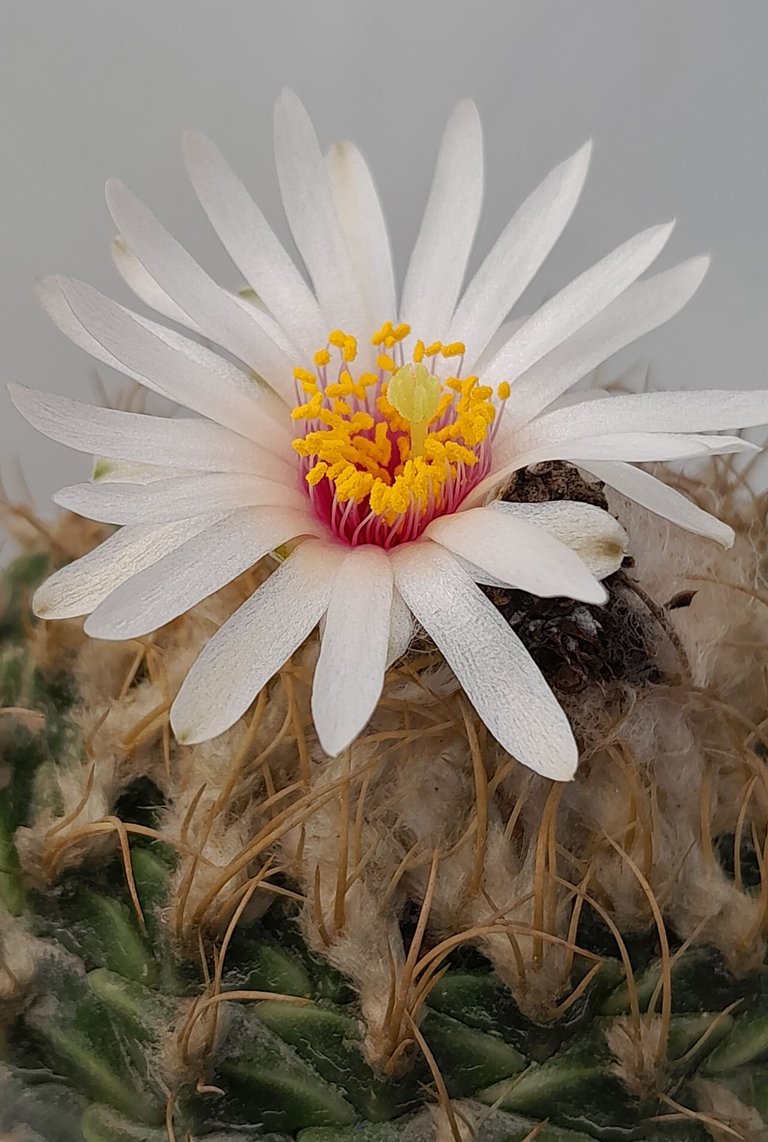
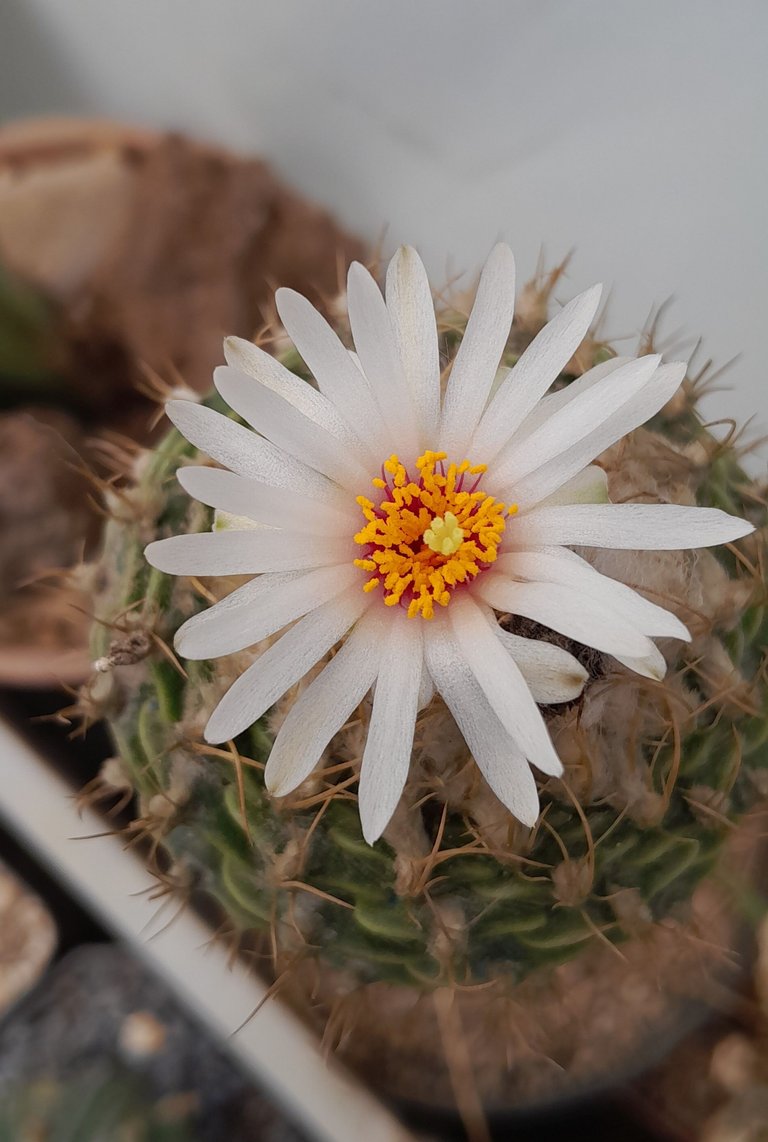
I know that grafted cactus are not for everyone and that in reality we all have different opinions about it, but thanks to grafting is that I could see two of my cactus in bloom today, and although I must admit that previously they had already flowered (because I already harvested a couple of seeds), at the time they did I was not prepared due to the health problems I mentioned before, but now that I'm better I didn't miss the opportunity to share with you.
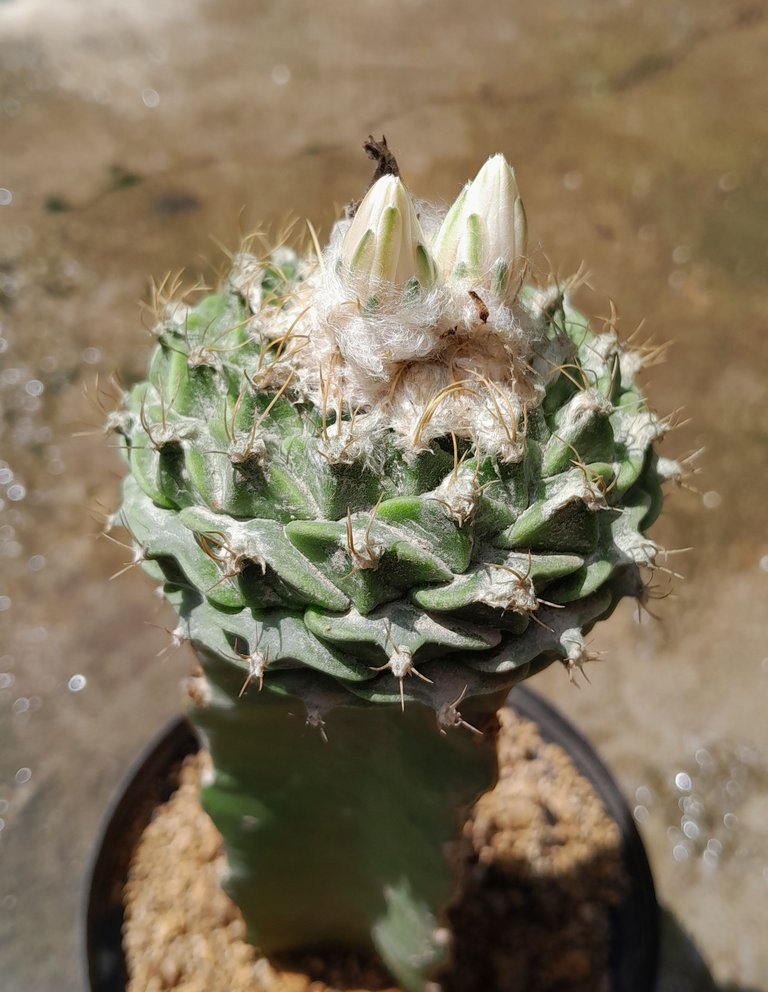
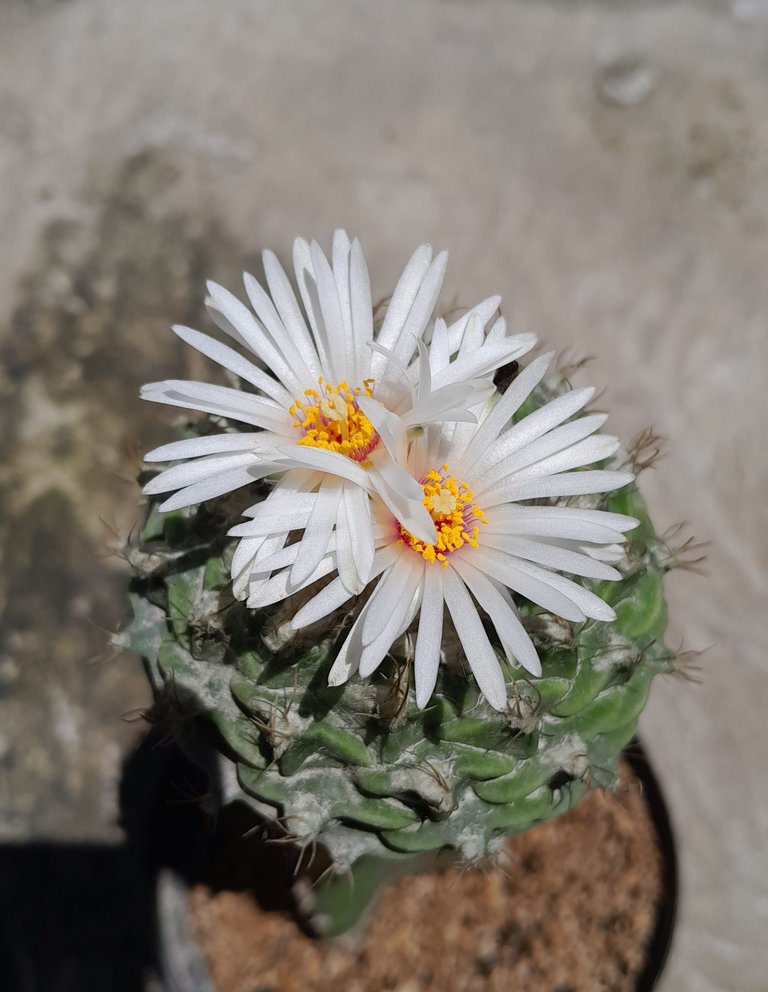
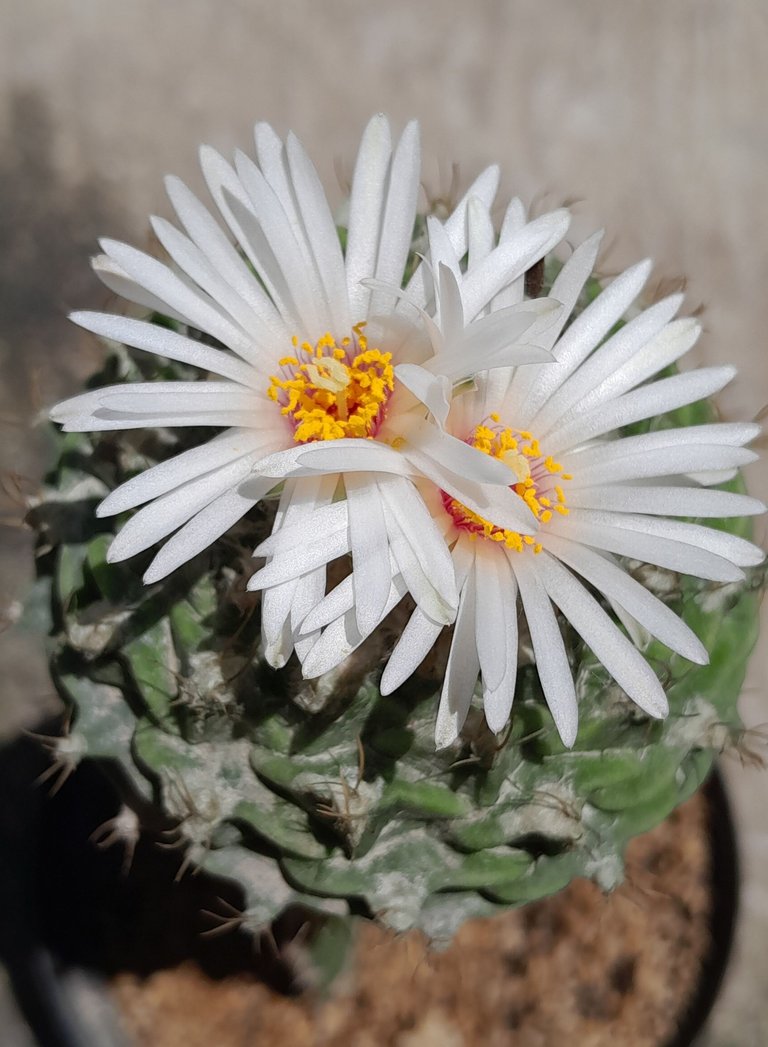
Having two specimens in bloom I had to take the opportunity to pollinate this pair of cacti and so I did.
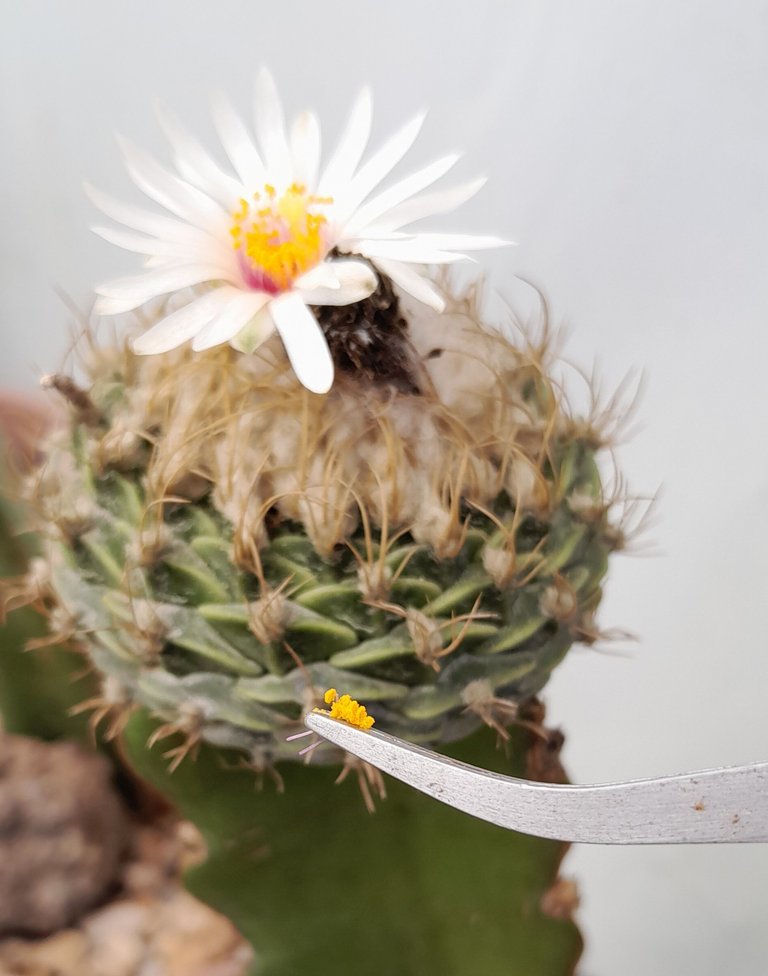
As soon as I harvest the next seeds and see that the flowering season is over, I will begin the long process of getting down the cactus to its own root, it is quite a difficult process due to the time and care we must take to let the wound heal properly, but to give you an idea, you have to let it heal for about 3 weeks before placing in substrate.
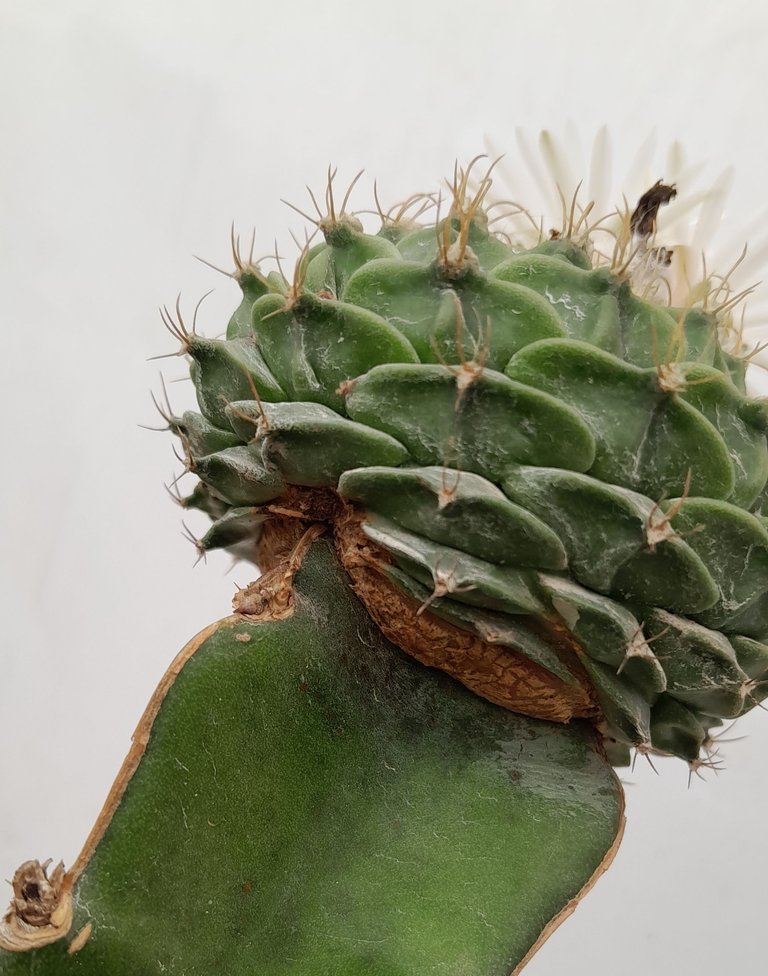
Another hidden gem is this cactus called Turbinicarpus Lophophoroides, which is characterized by starting its flowering from very early age, between a year and a year and a half after germination, of course it all depends on the care and the mix in which it is planted, I have done different experiments and the more mineral the mix the better, although I have also found that it doesn't like direct rain, so it should always be protected if you don't want it to rot.
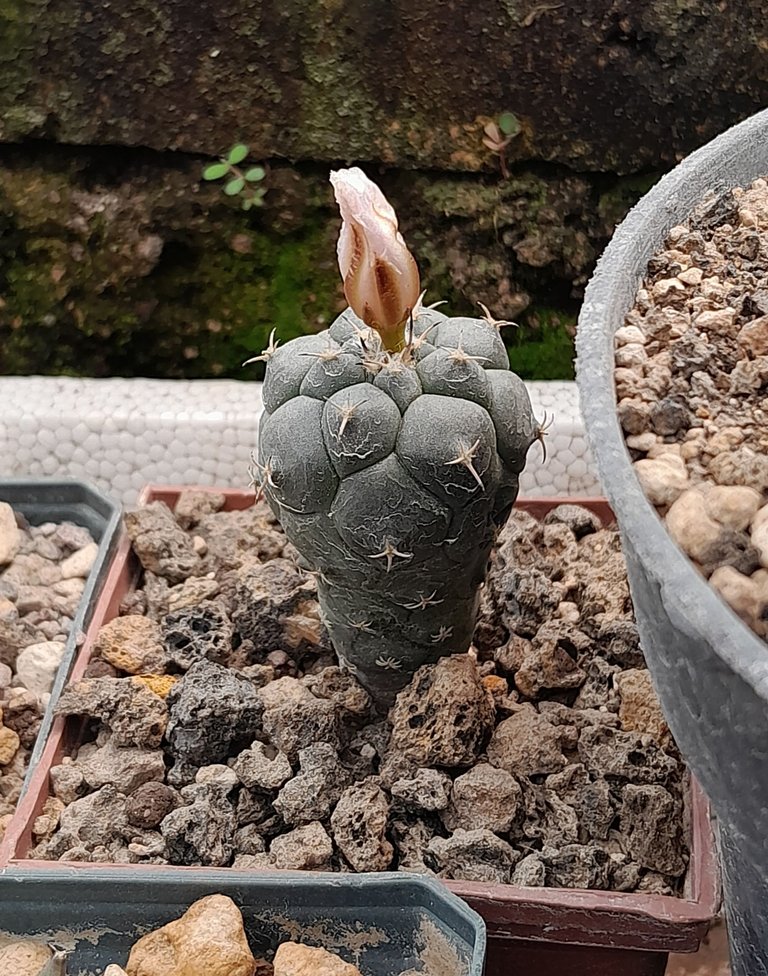

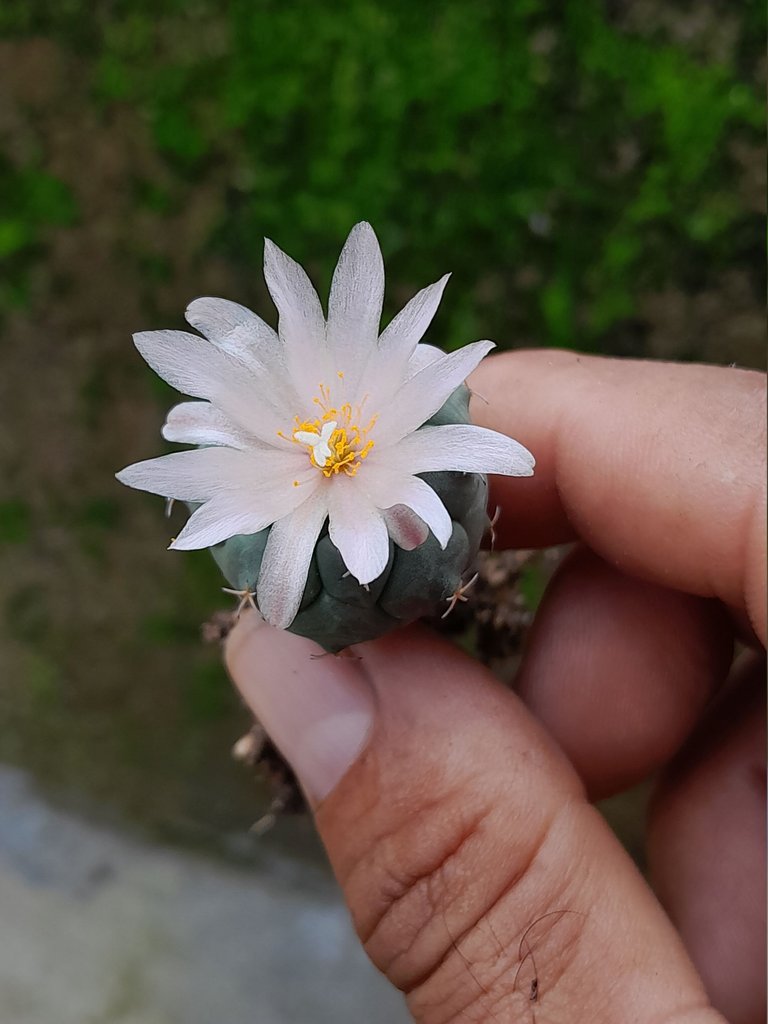
The root is very similar to the roots of Lophophora williamsii, Ariocarpus, or the Coryphantha that I will show below.
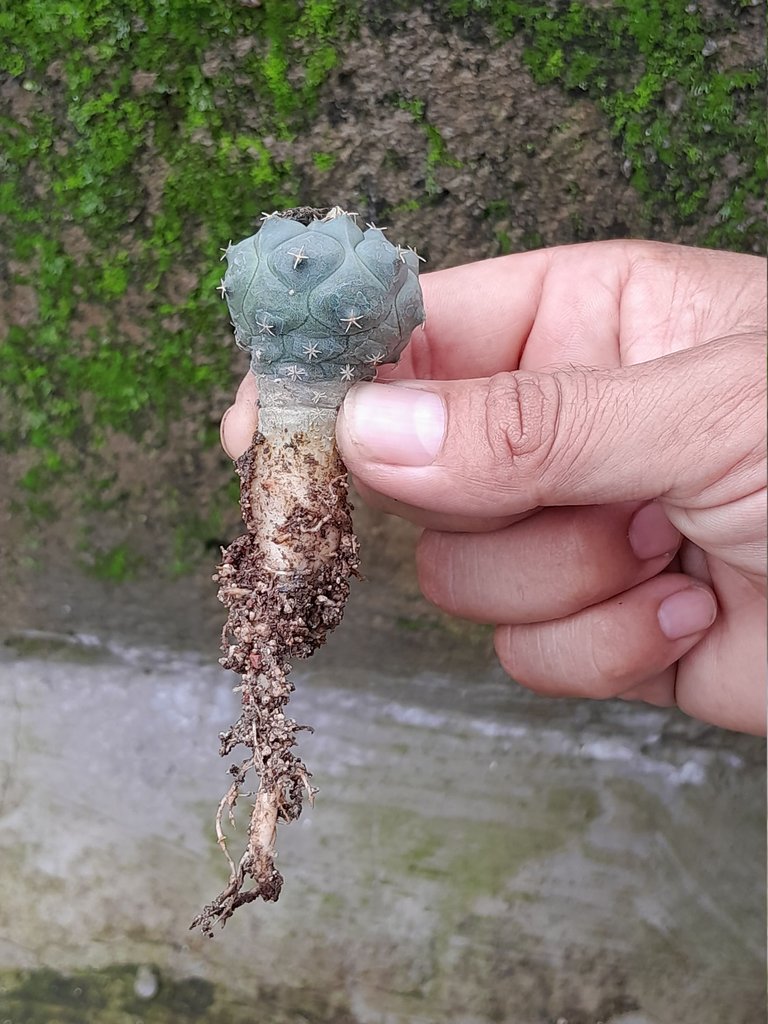
Although they may look very similar in reality they are very different, mainly because of the size to which the Coryphantha can grow and the colors of their flowers, another big difference is that the Coryphantha can tolerate rain better all year long, although they are more grateful with the protection of the greenhouse.
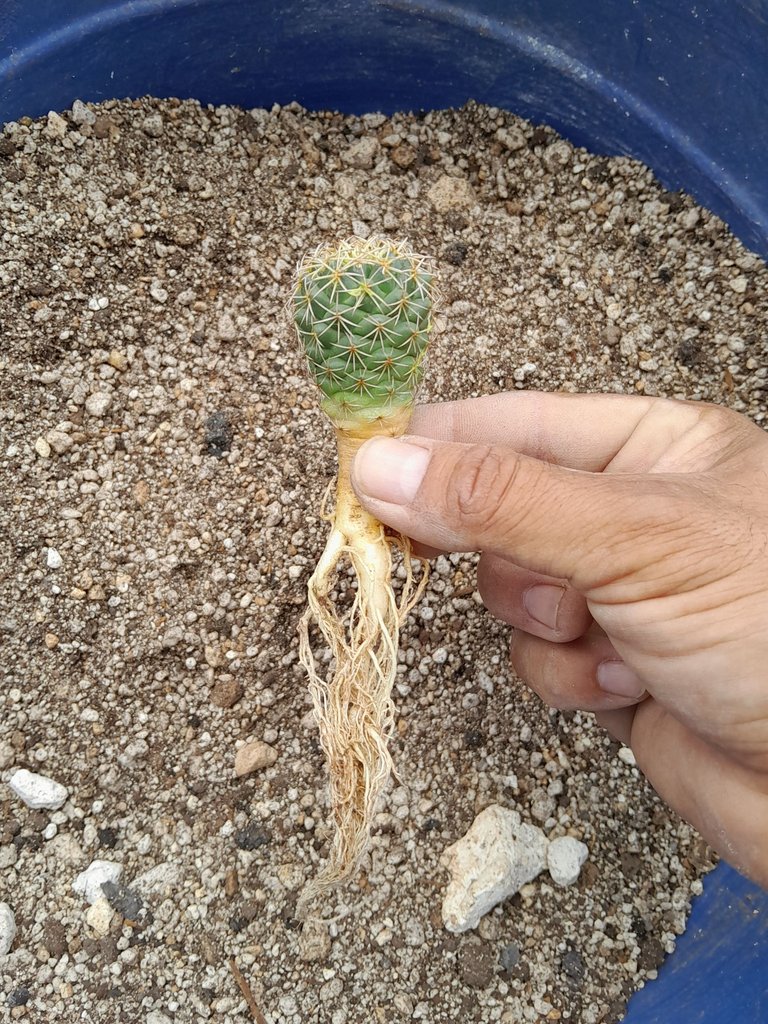
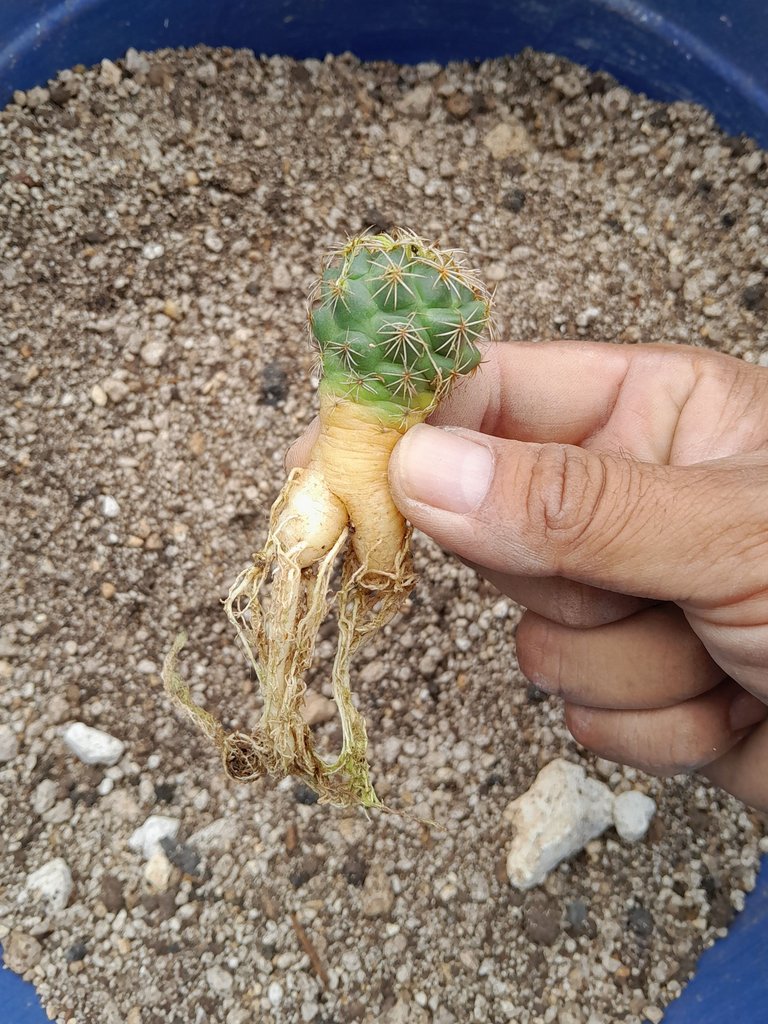
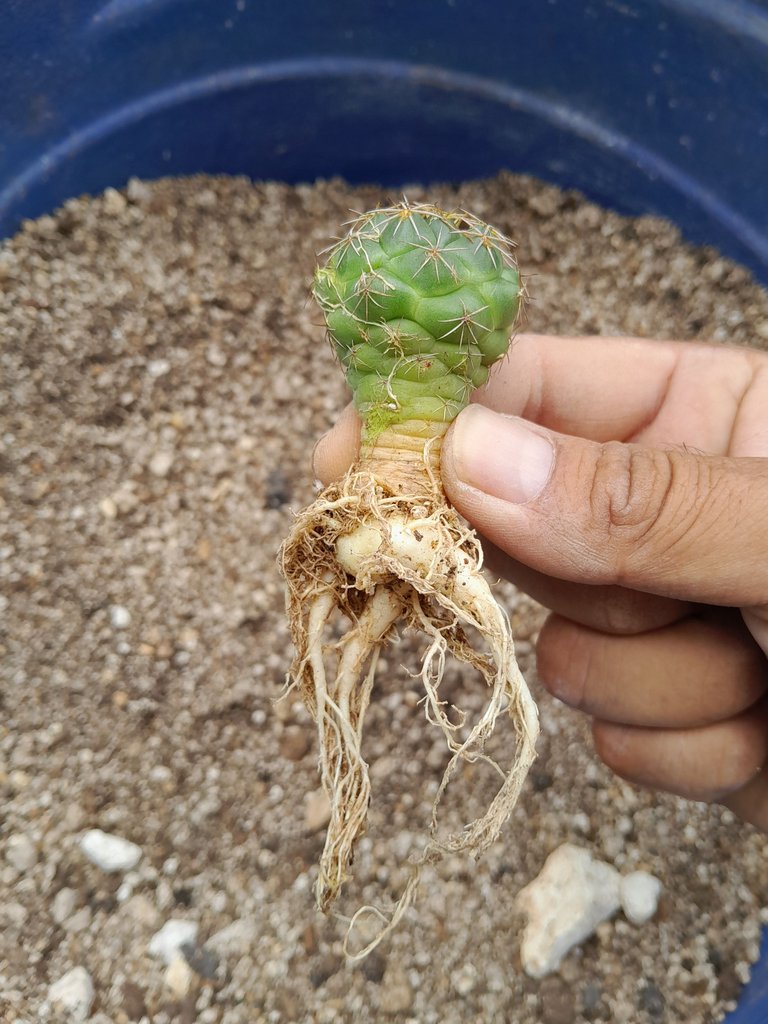
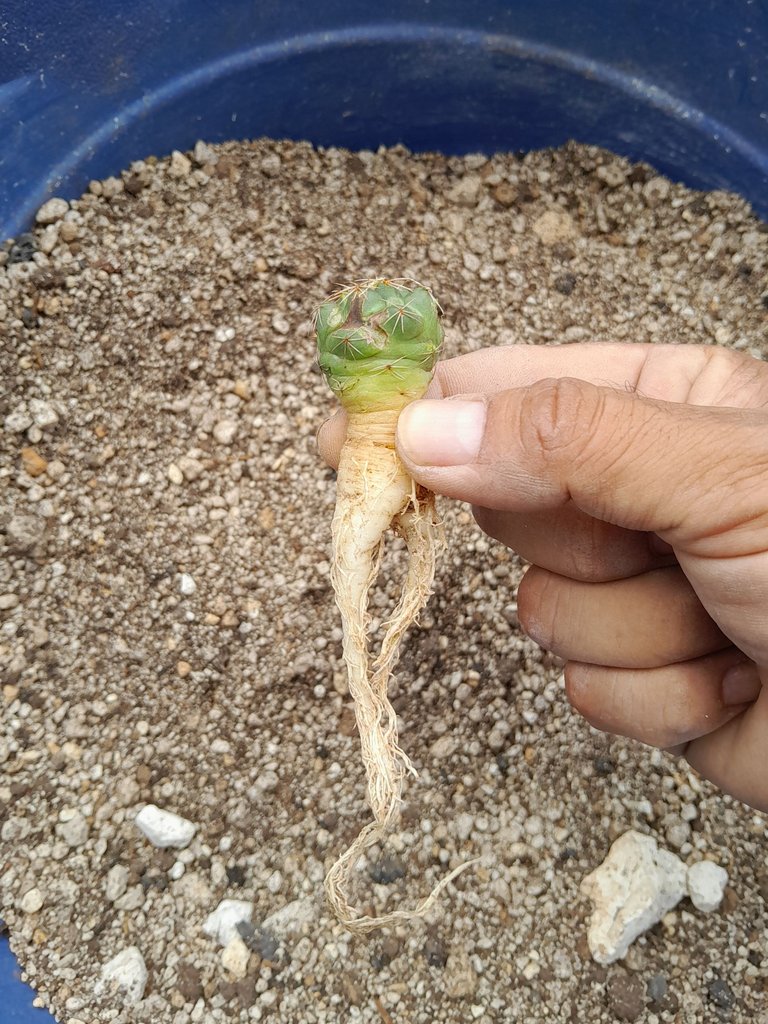
I have learned that no matter how bad or damaged a cactus may look, there is always a space in my garden for it, although I do have to be careful with the ones that get infected by fungus, but I can control them better than when I was a novice in this growing thing.
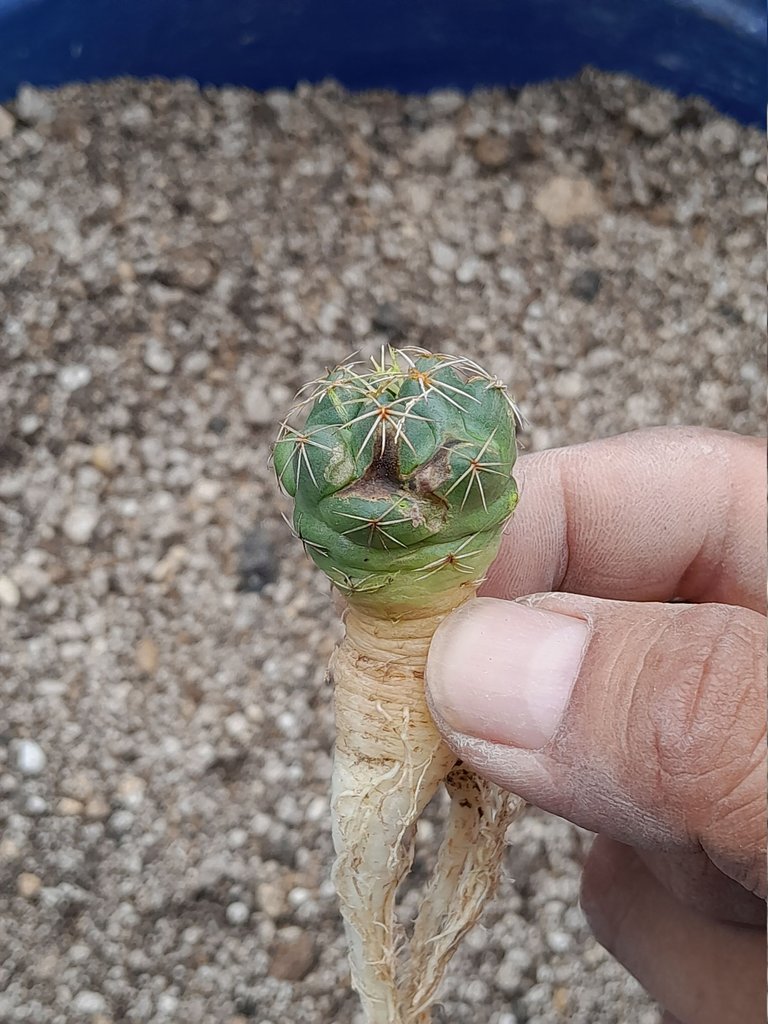
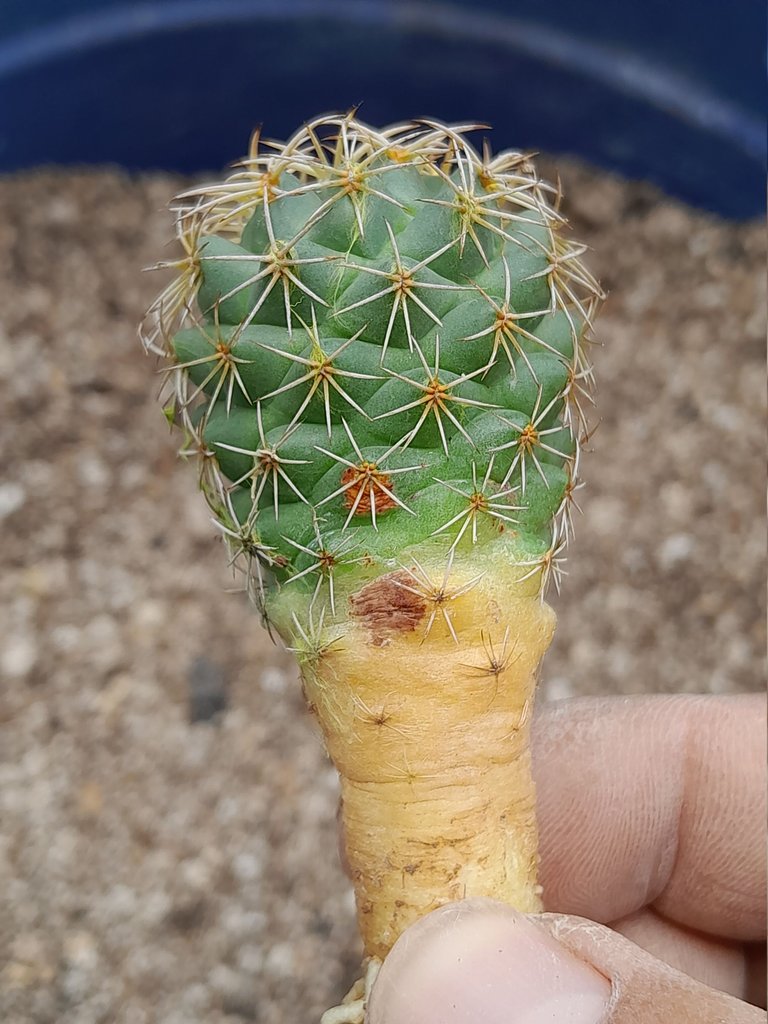
During my daily walks I have found different specimens that I think may be cacti but I am not completely sure and do not know the names at the moment, although I do wish to investigate more in depth.

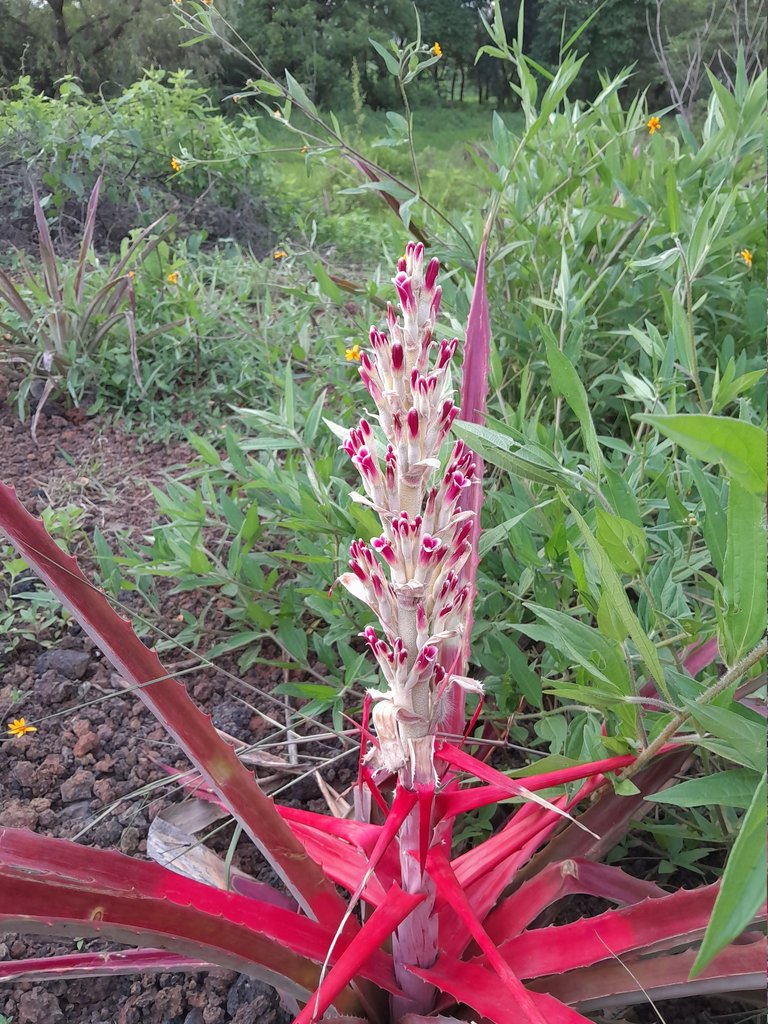
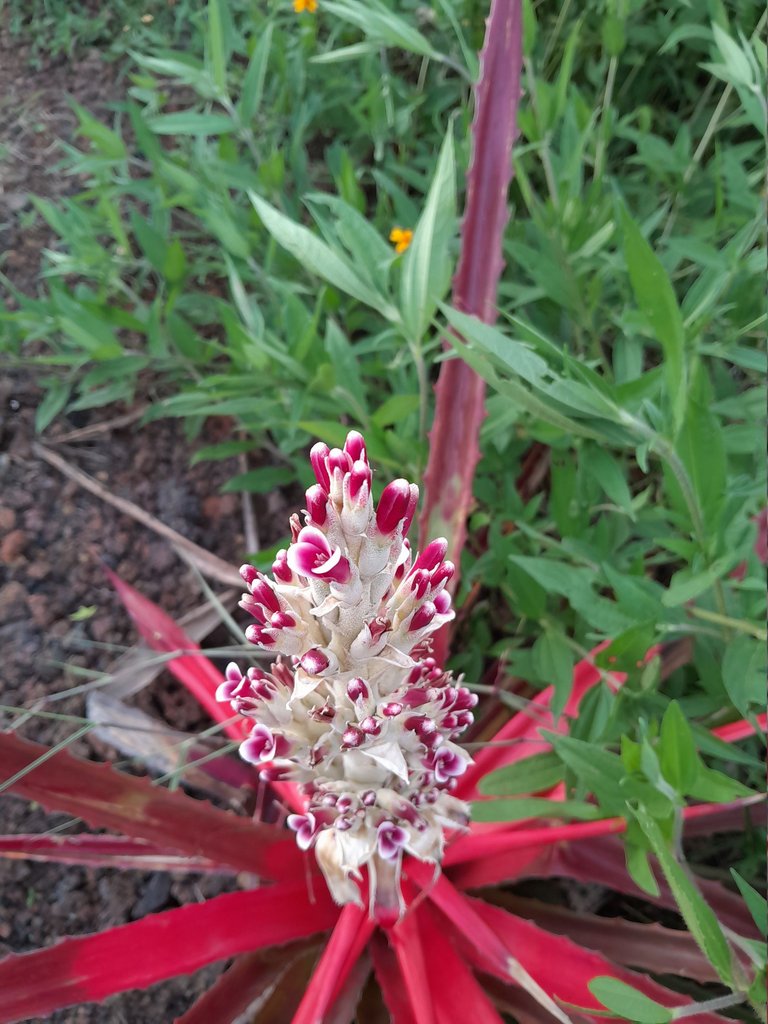
I have even thought of making a post with only cactus that I find on the street, in the gardens that are in sight of everyone and that sometimes we do not observe.
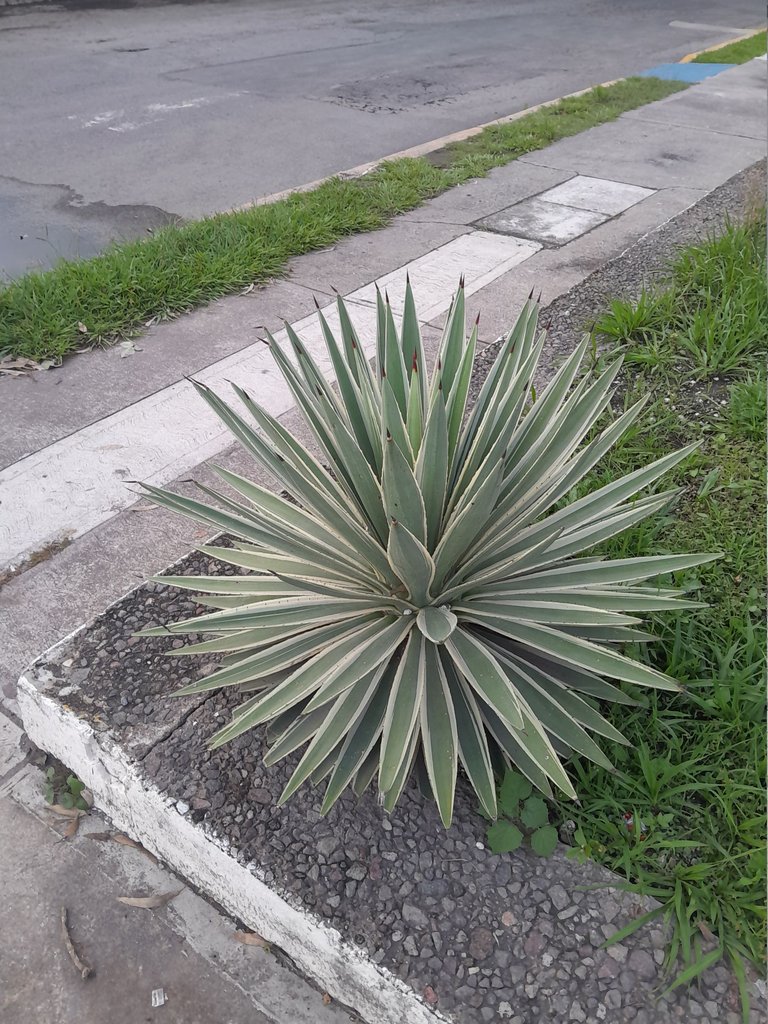
I found this Cereus Hexagonus in one of the parks I visit, unfortunately I could not arrive at a good time to enjoy its flowers, it was a real pity, I will try again to arrive at the right time.
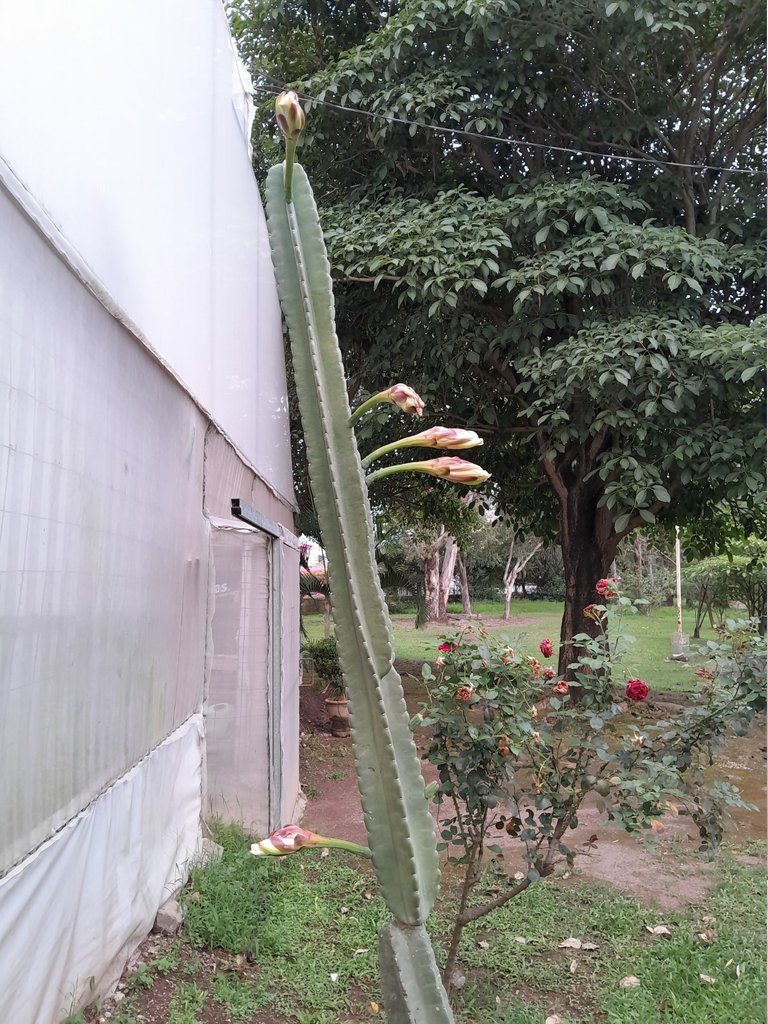
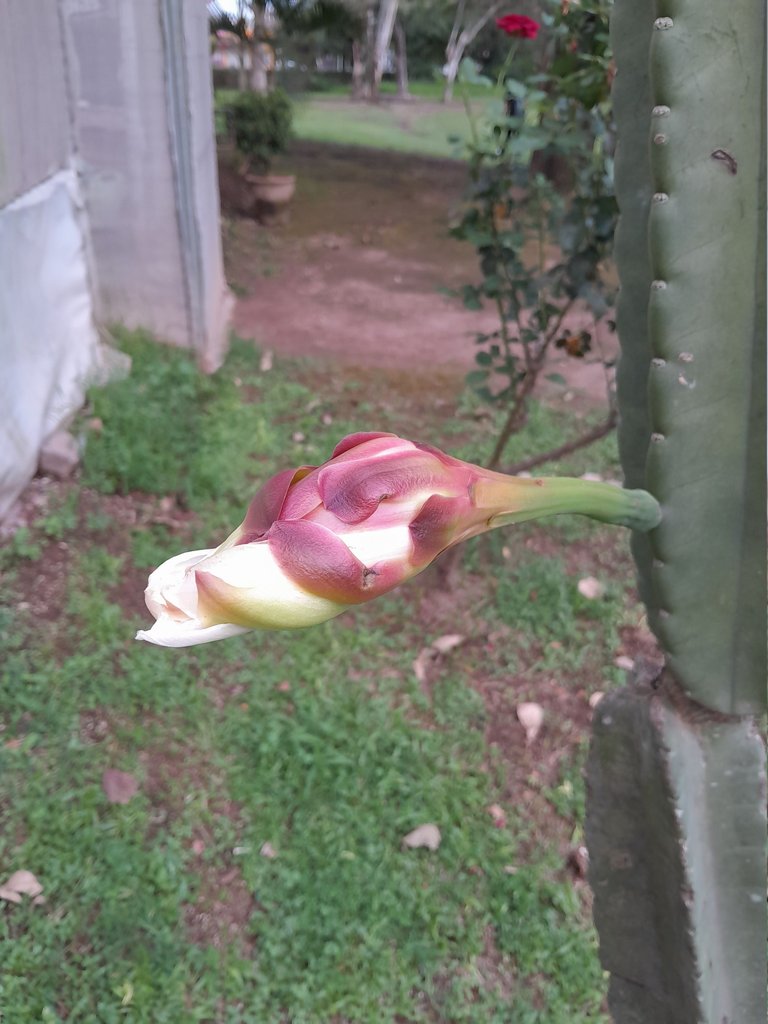

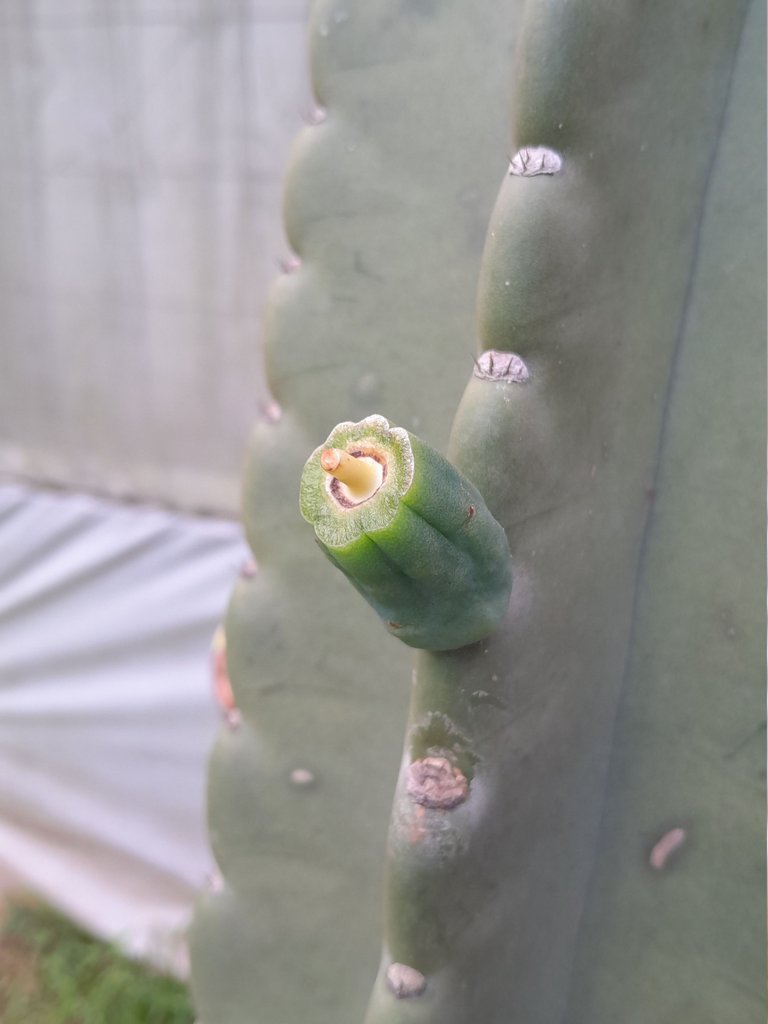
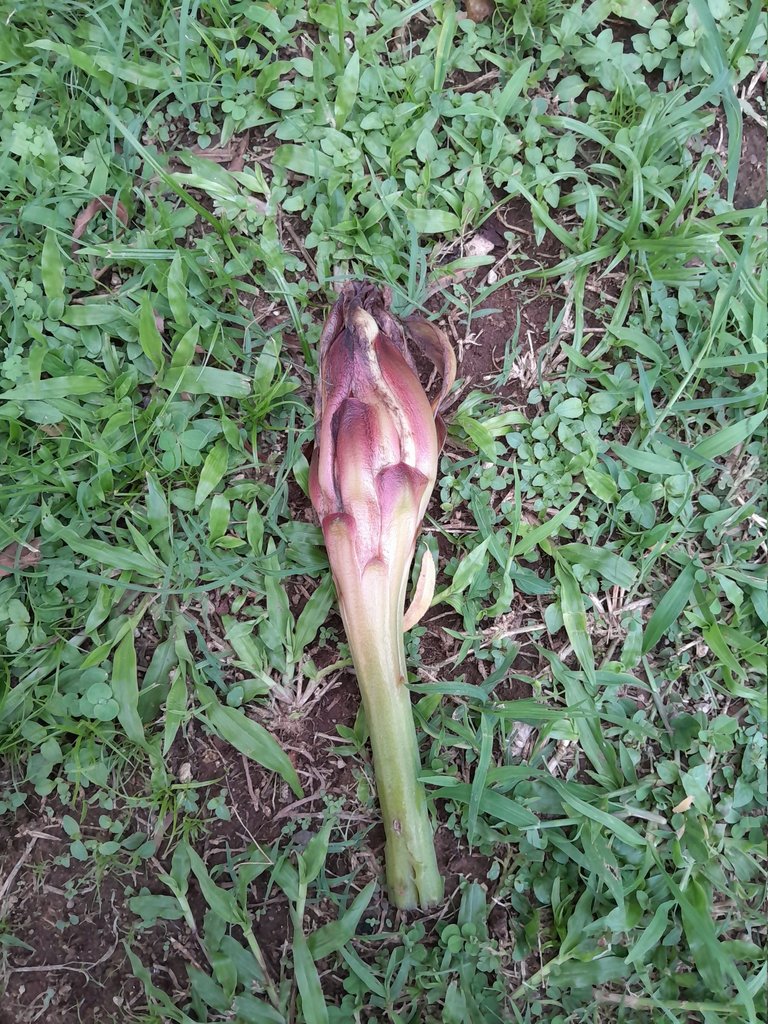
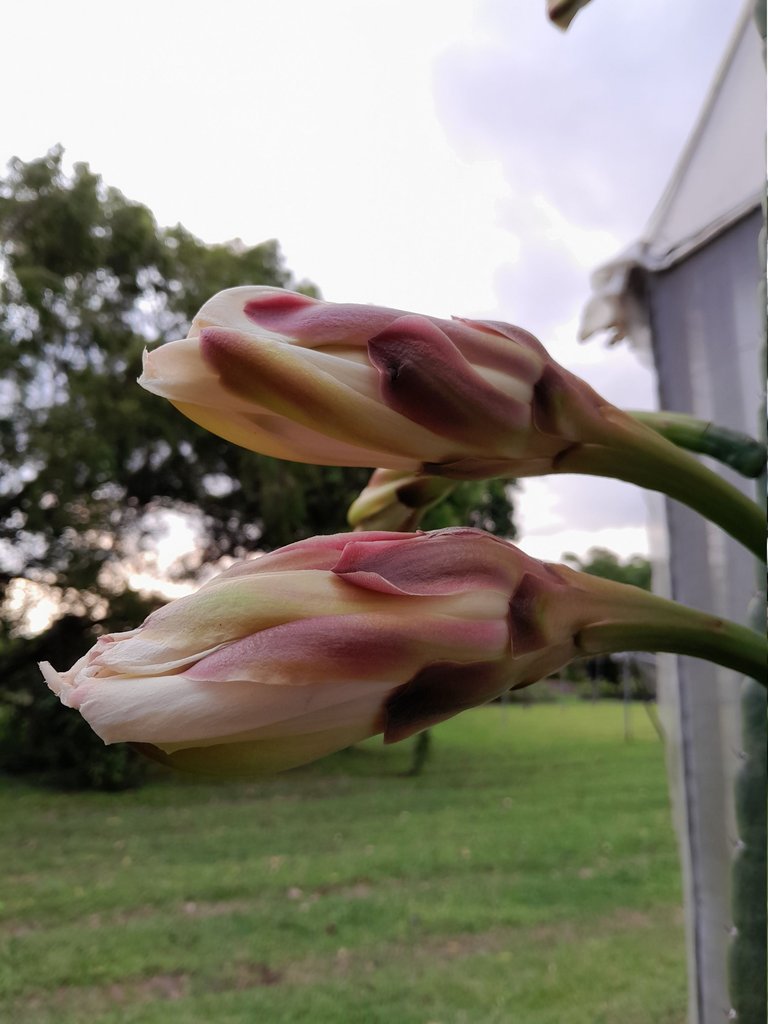
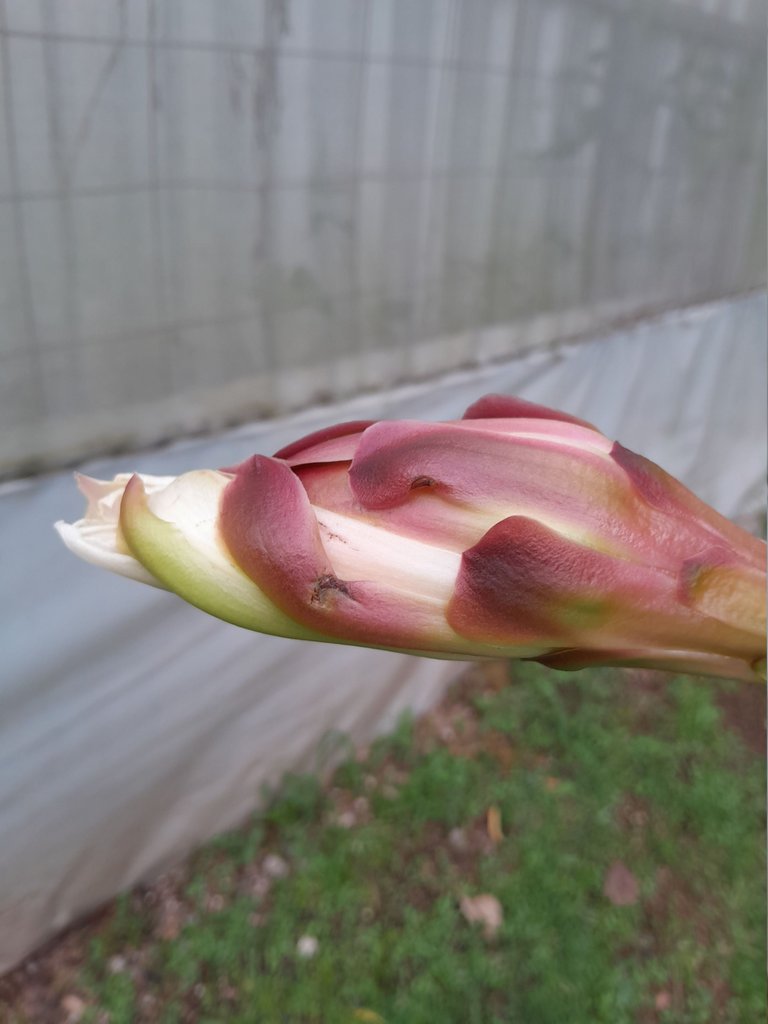
And finally a succulent that we all know, I clarify that it is not mine but I saw it in a nursery and it was for sale, I didn't buy it because I already have it but it has not yet given flowers, I would also have liked to return to see its flower, but I already have an idea of what it looks like.
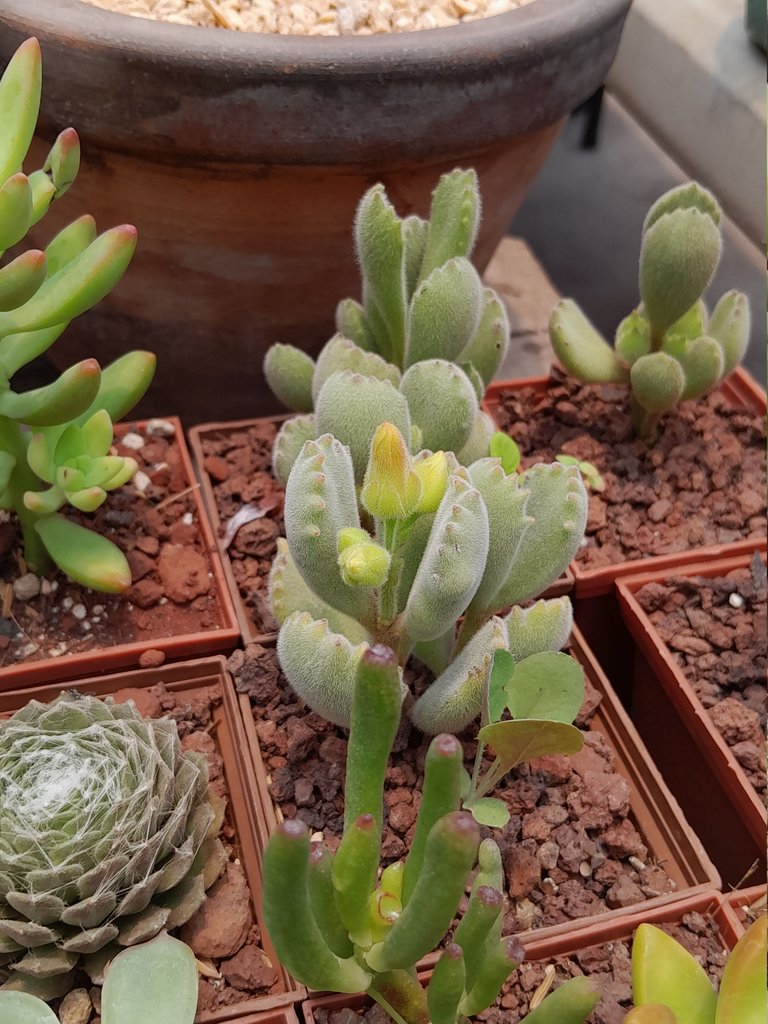
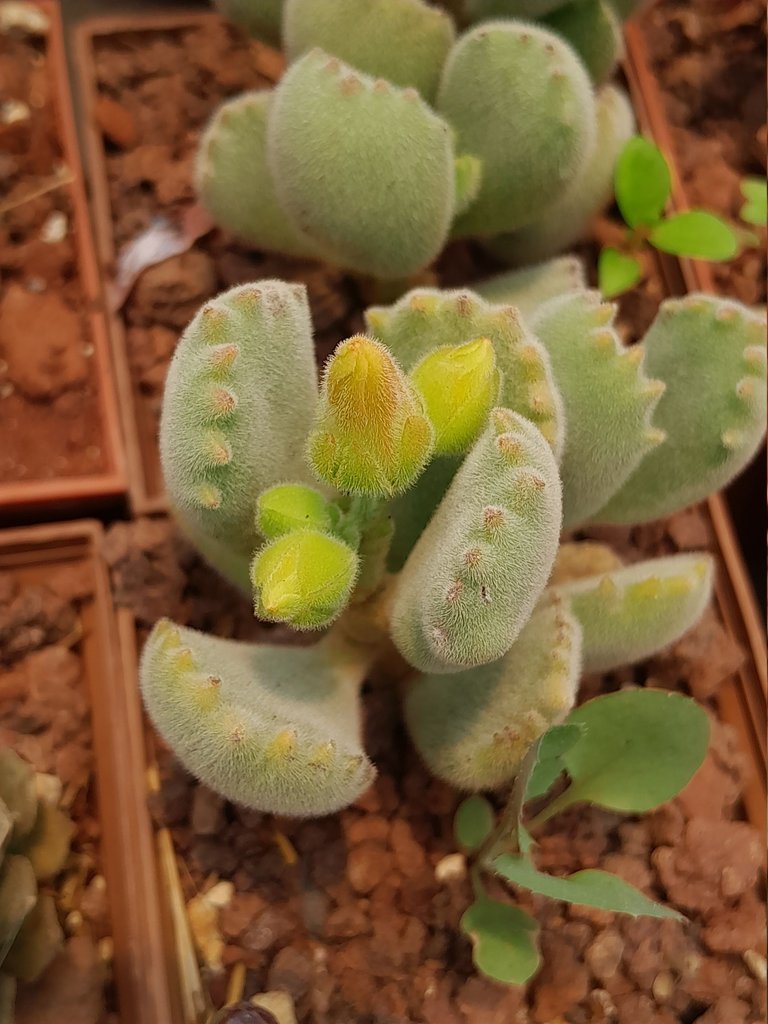
In case you don't remember the name, it's Bear's Paw Succulent variegated, that's all for today, I hope you enjoyed it. And before I forget, the Frailea that I showed you last time, honestly I like it but not enough to keep growing it, so I don't harvest its seeds anymore, if they are born it would be because they deserve it haha.
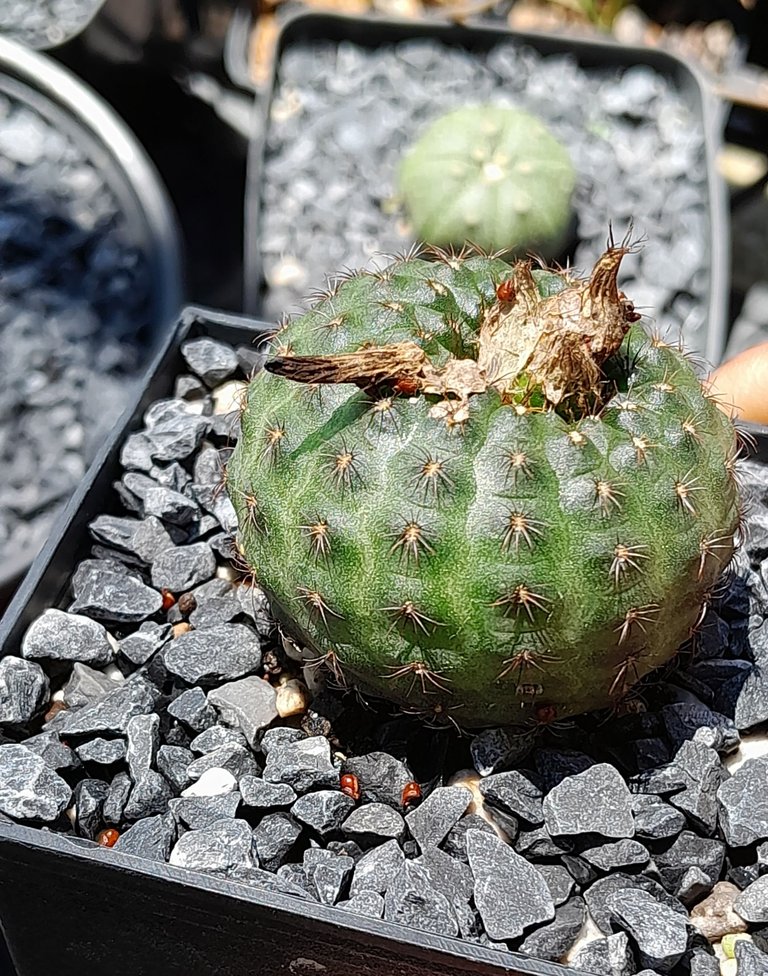
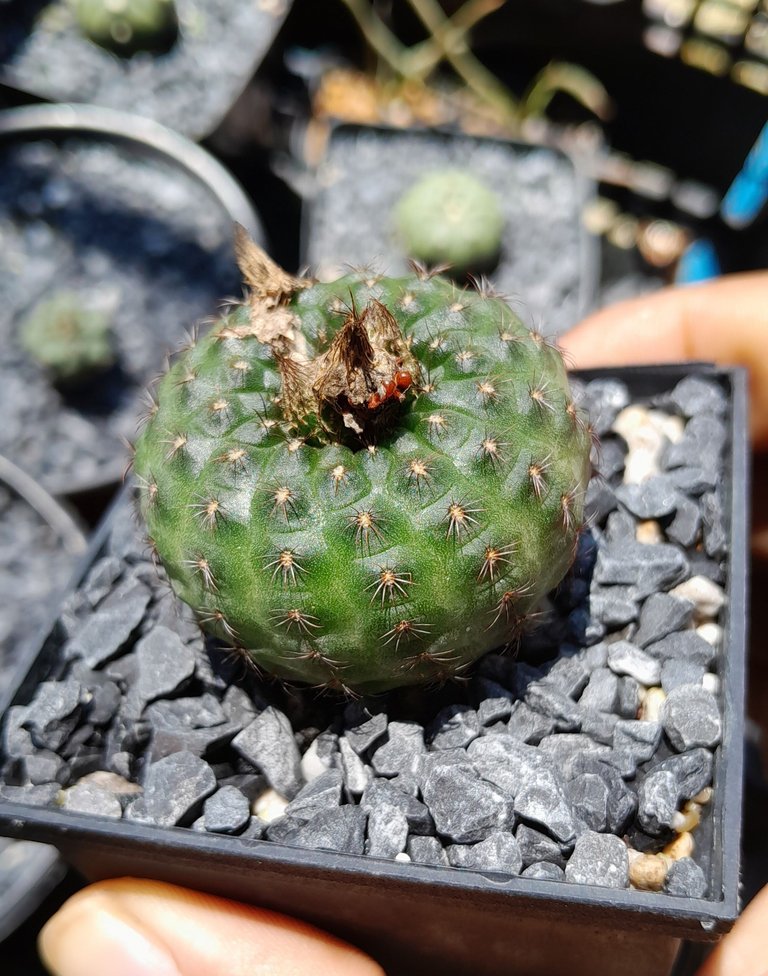
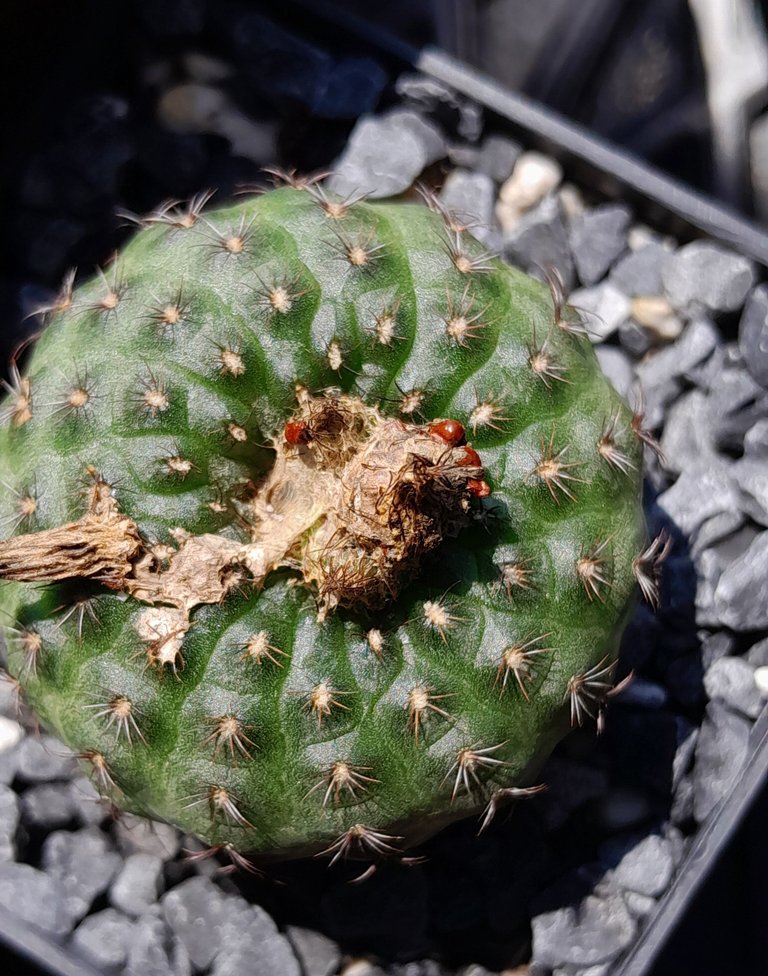
I have ordered Turbinicarpus Lophophoroides seeds few weeks ago (and few other cacti including Frailea types) lately and will be sowing them in spring. How old is yours?
Your Obregonia is stunning. I just hope removing it from a graft goes well. Would be a shame to lose it.
These turbinicarpus are about a year and a half old, just remember to do the seed scarification process otherwise germination can sometimes fail or take too long.
About the Obregonia I have already done tests with others of different sizes and I have not lost any so far, I think I must trust that everything will be fine.
Oh great! I will try to remember this when the time comes. Thanks :)
You're welcome, and good luck.
Thank you
So nice to see your plants again! I got some Turbinicarpus to show too 🌵
Thank you, tag me when you show them, I'd be happy to see them on screen.